The story of this story is simple and prosaic. The author “peeped” her in one of the hospitals where prostitutes were treated. It is worth looking more closely at the
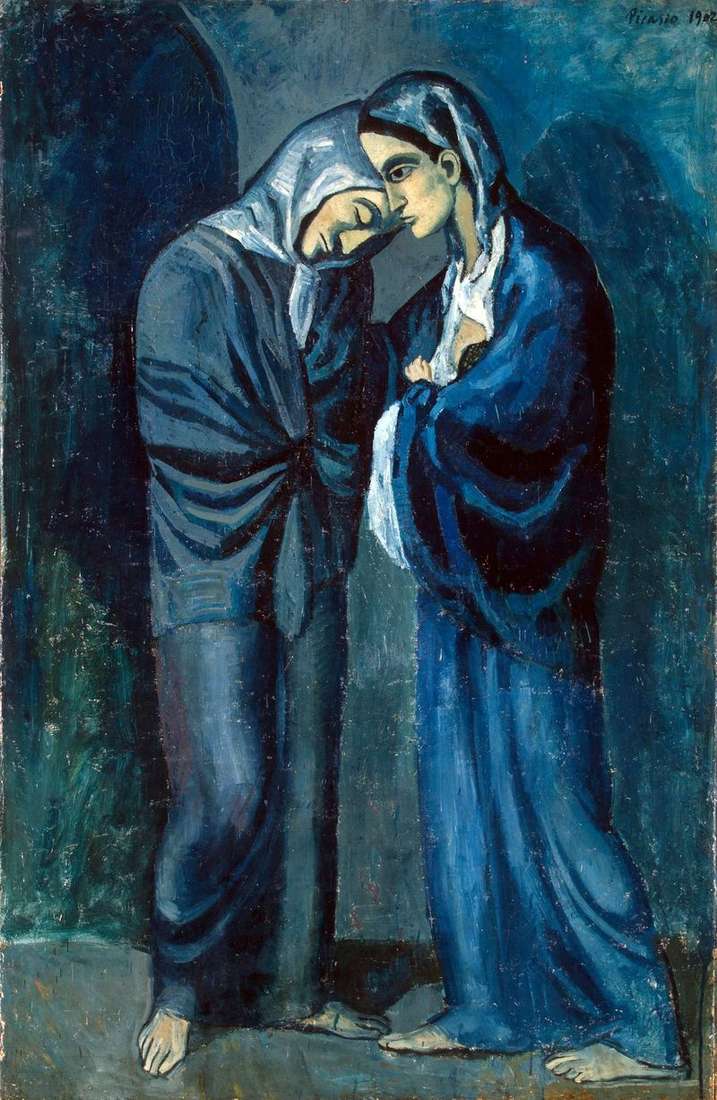

The story of this story is simple and prosaic. The author “peeped” her in one of the hospitals where prostitutes were treated. It is worth looking more closely at the
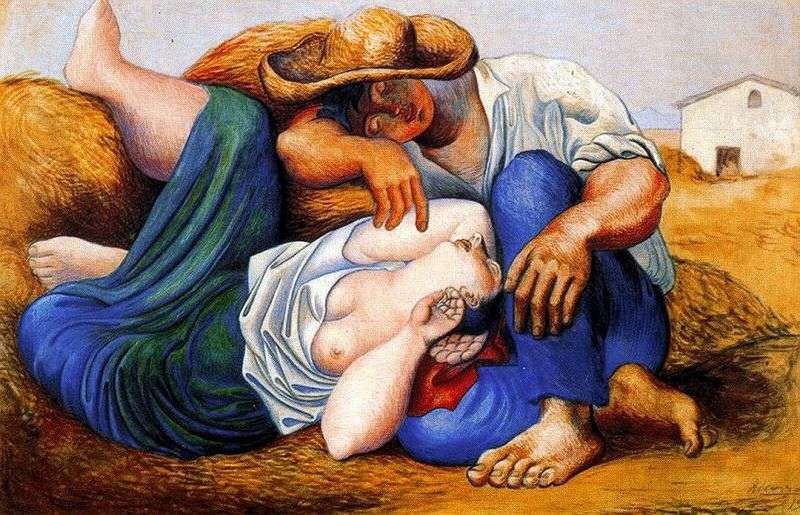
The novel with the Russian ballet and with the ballerina Olga Khokhlova began with Picasso in 1917. The artist began to write scenery for the ballets of Dyagilev, and it
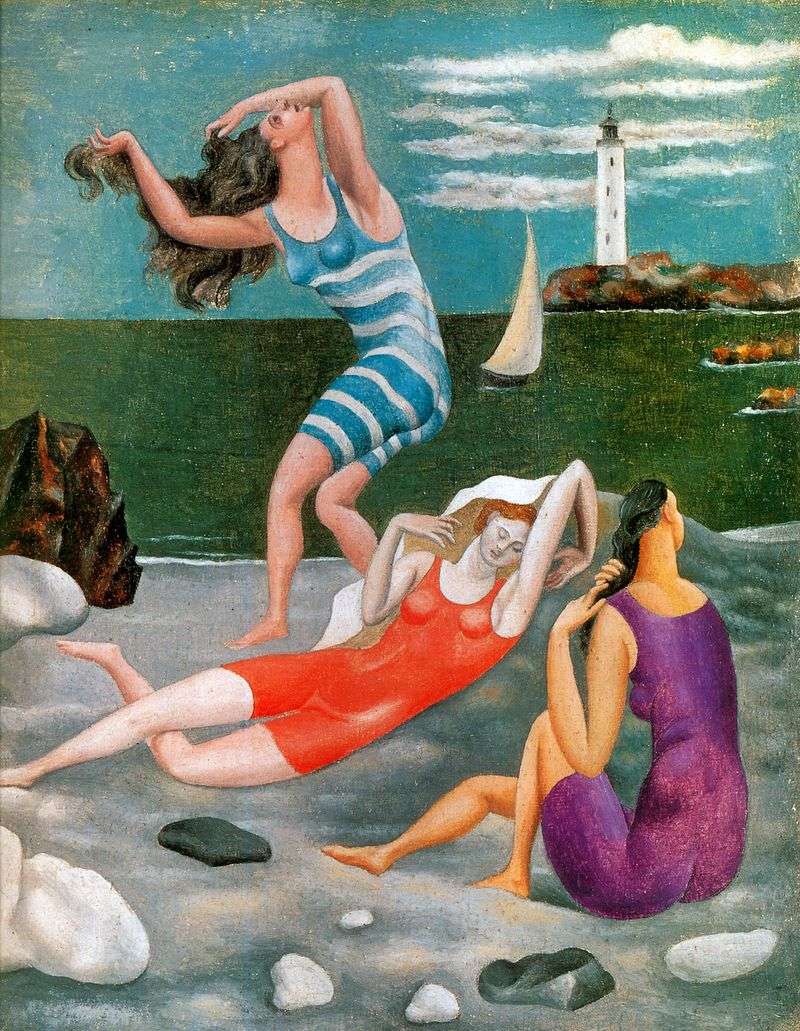
The miniature work was written during the First World War, when the whole of Europe was preoccupied with military actions, waiting for news, anxiety about the fate of loved ones.
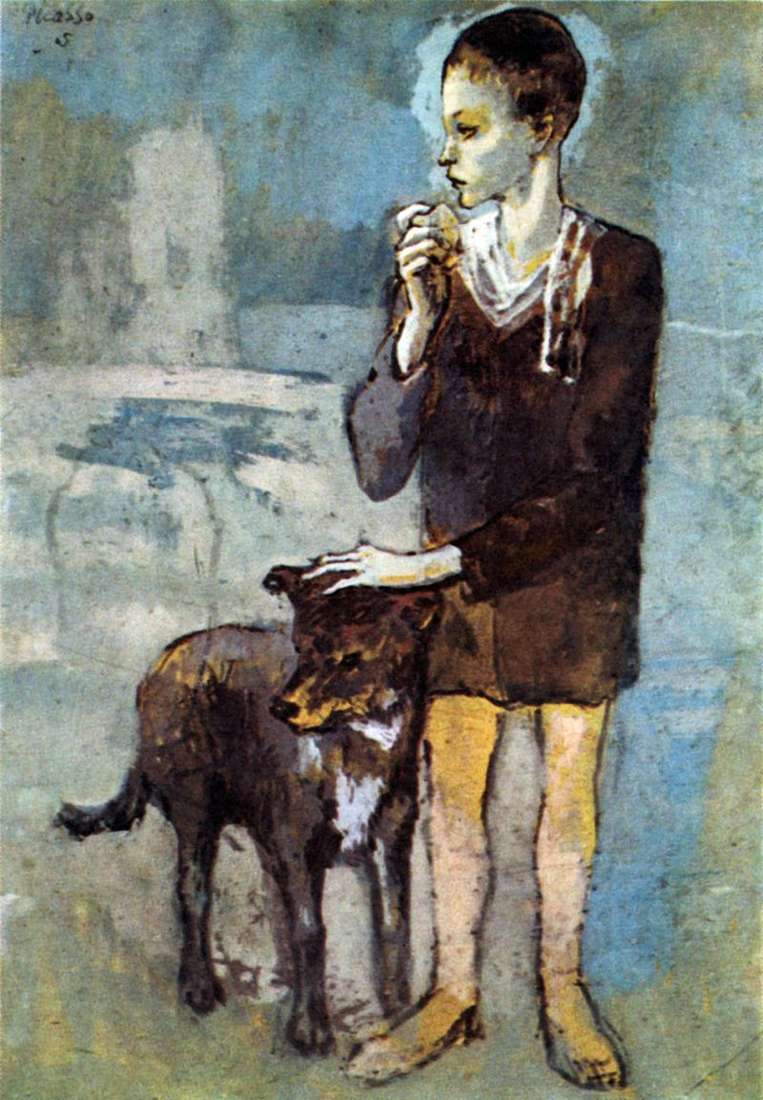
Since 1901, Picasso has developed his own style, which characterizes the so-called “blue period” in his art. The artist writes exclusively in a cold, blue-blue range. The characters of his
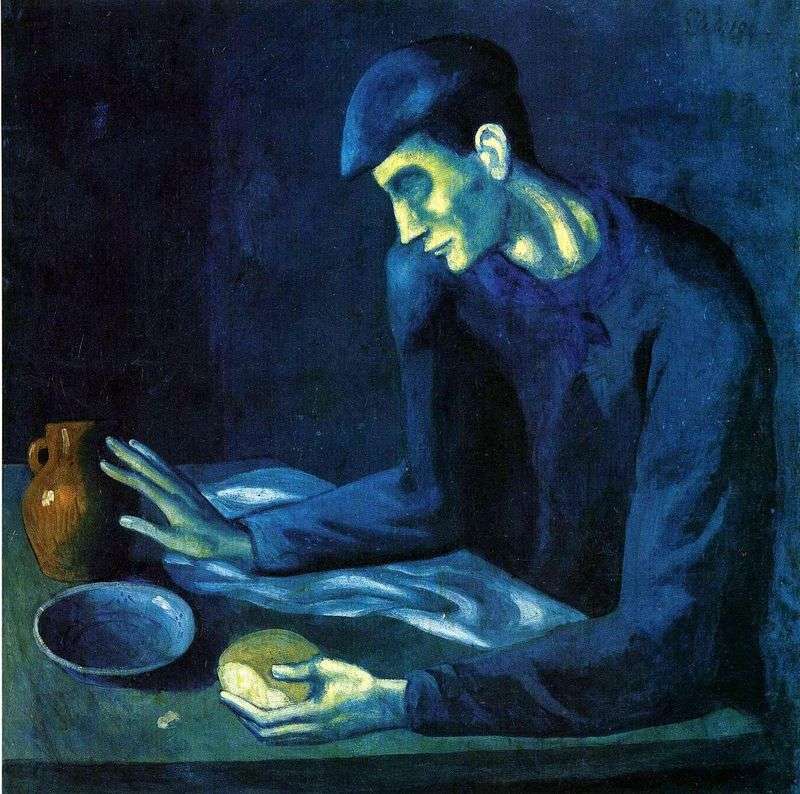
It is very difficult to say what caused the “blue period” of the great master’s creativity. A young boy, a little over 20, Pablo Picasso was immersed in the dramatic,
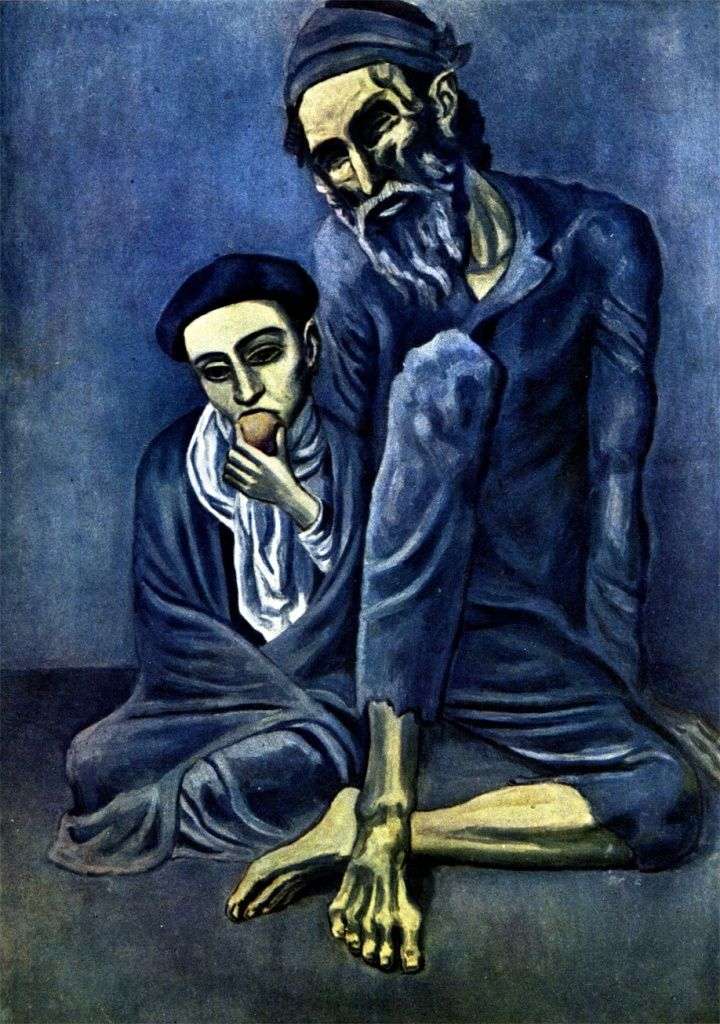
The painting “A Pauper Old Man with a Boy” is a very bright work that characterizes the whole “blue” period of Pablo Picasso. The productive period of creativity, nicknamed blue
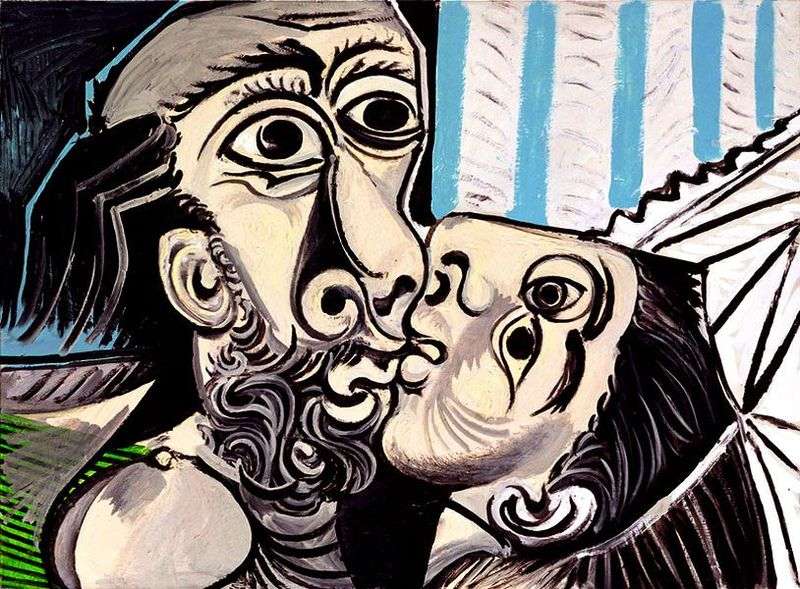
The picture “Kiss” is rightfully attributed to one of the best works of the late period of Picasso. Hyperbolic faces merged in a kiss… Everything here is exaggerated – eyes,
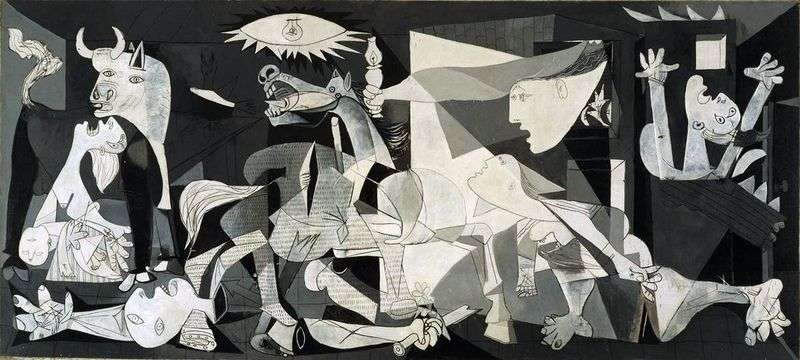
The most epic and wrathful work of Pablo Picasso – the canvas “Guernica”. Guernica is a city in Spain that historically belongs to the Basques. On April 26, 1937, the

This canvas was written by the artist in 1912. This time the painter decided to turn away from the standard and bored principles of depicting various objects, thereby giving the
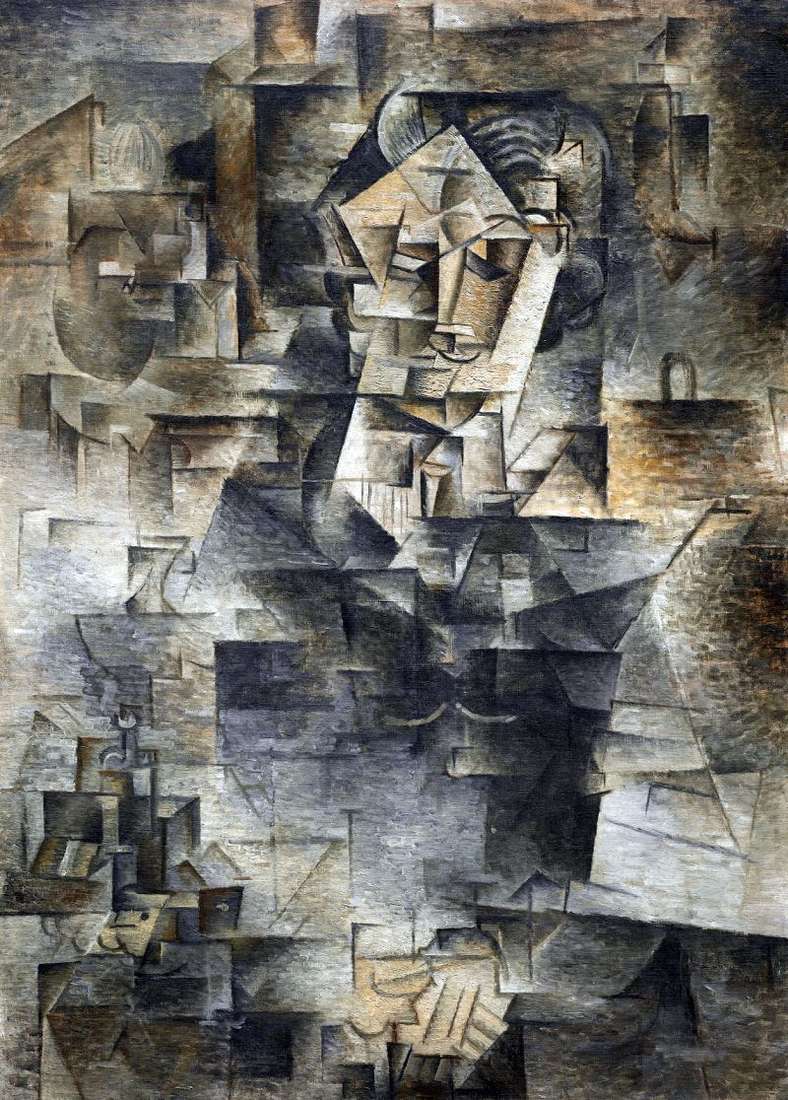
In 1910, Picasso with unprecedented enthusiasm creates several works in a new, actually created by himself aesthetics. Tireless in the search for models for portraits, the author is interested in
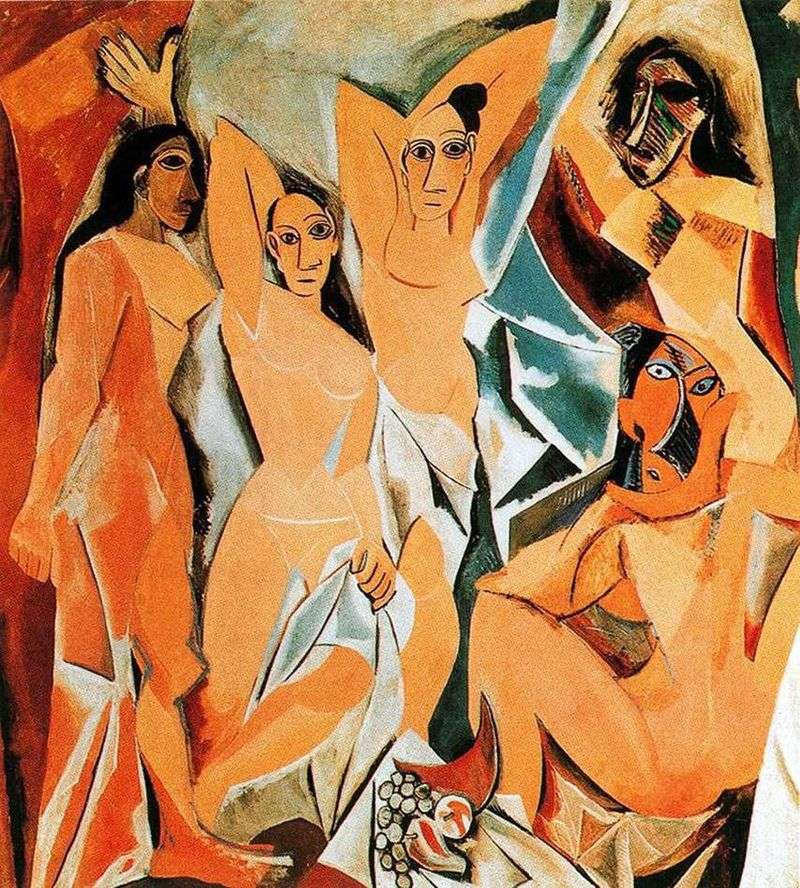
The picture “Avignon girls” or in the original version of “The Philosophical Brothel” really shocked the public. Even the friends of the master did not accept the audacious work. In
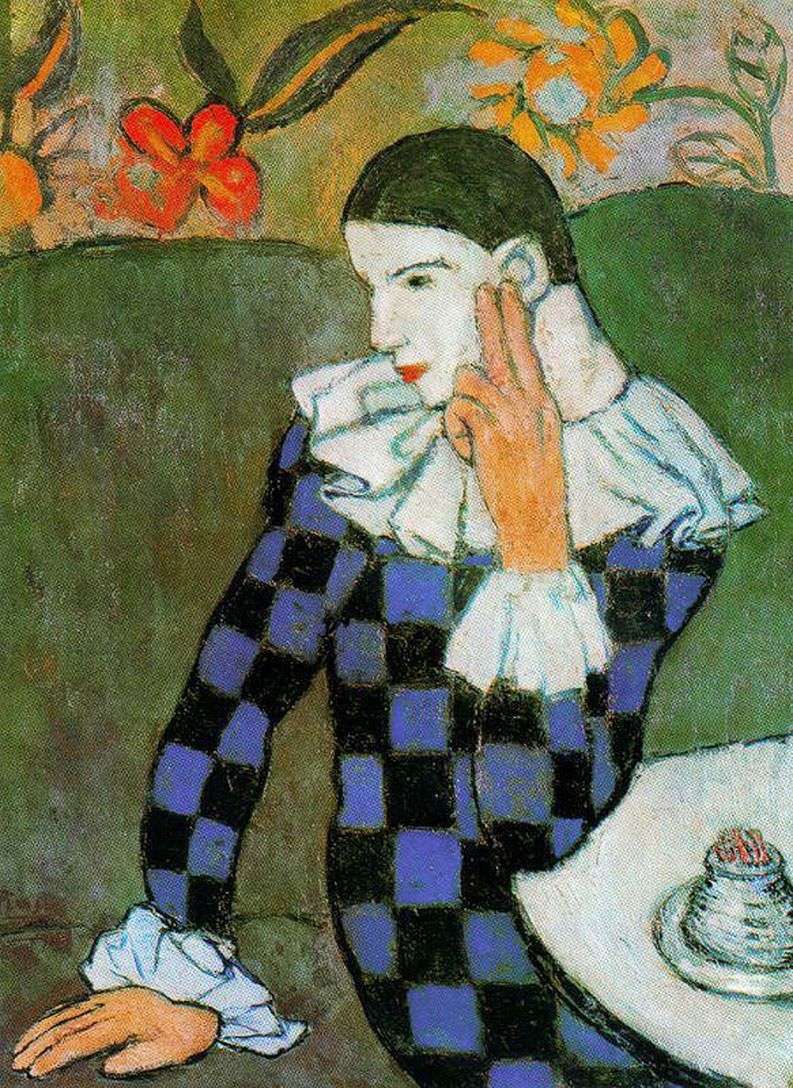
The painting “Leaning Harlequin”, or as it is also called “Leaky Harlequin,” marked the beginning of the “blue” period in the work of Pablo Picasso. In 1901, the artist moved
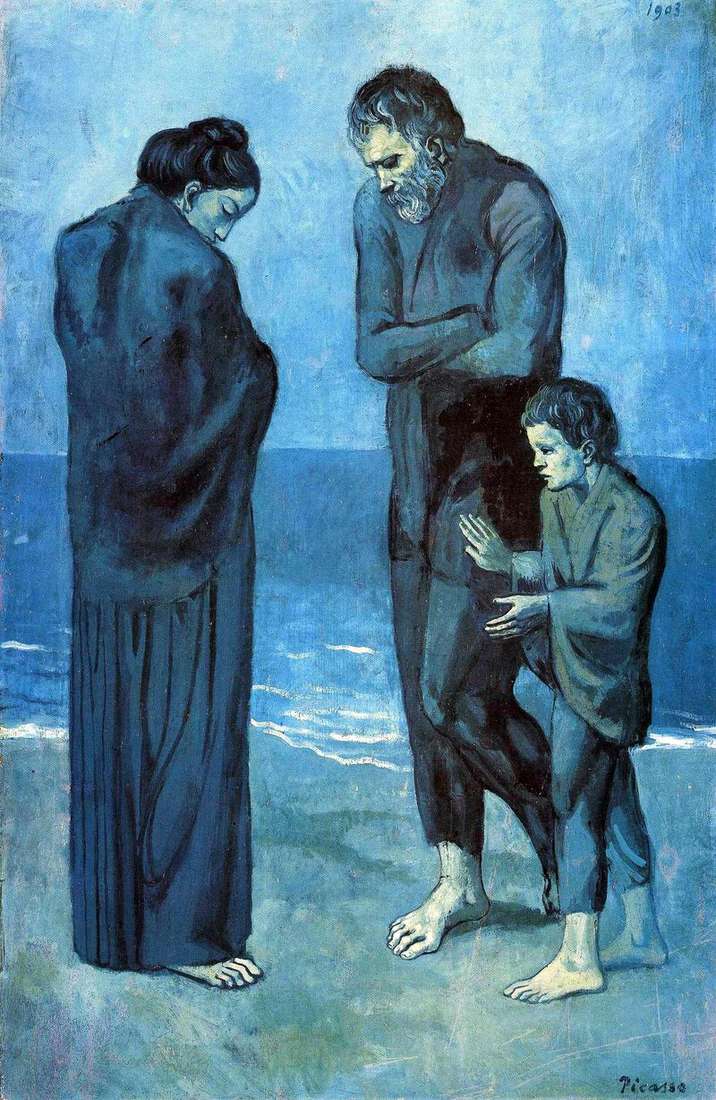
The painting “Tragedy” refers to a pleiad of the most famous works of Picasso. Work is one of the best achievements of the blue period. The depressive period of creativity
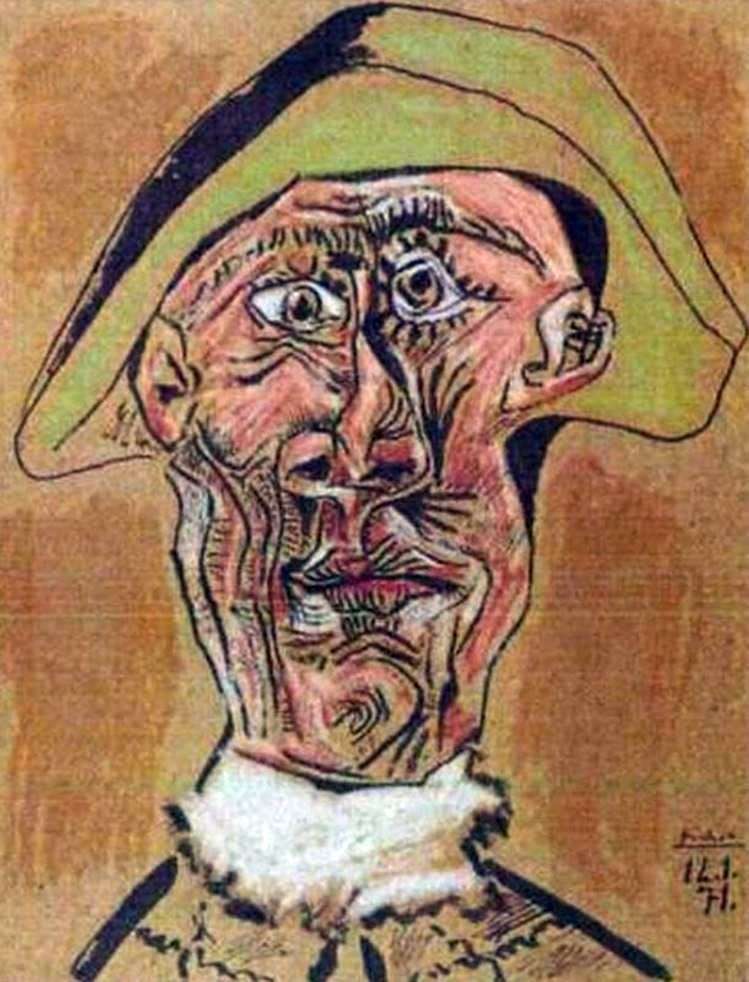
This painting, together with the works of Matisse, Monet and Gauguin, was stolen from the Rotterdam Museum on October 16, 2012. After in January 2013 the police arrested the suspect
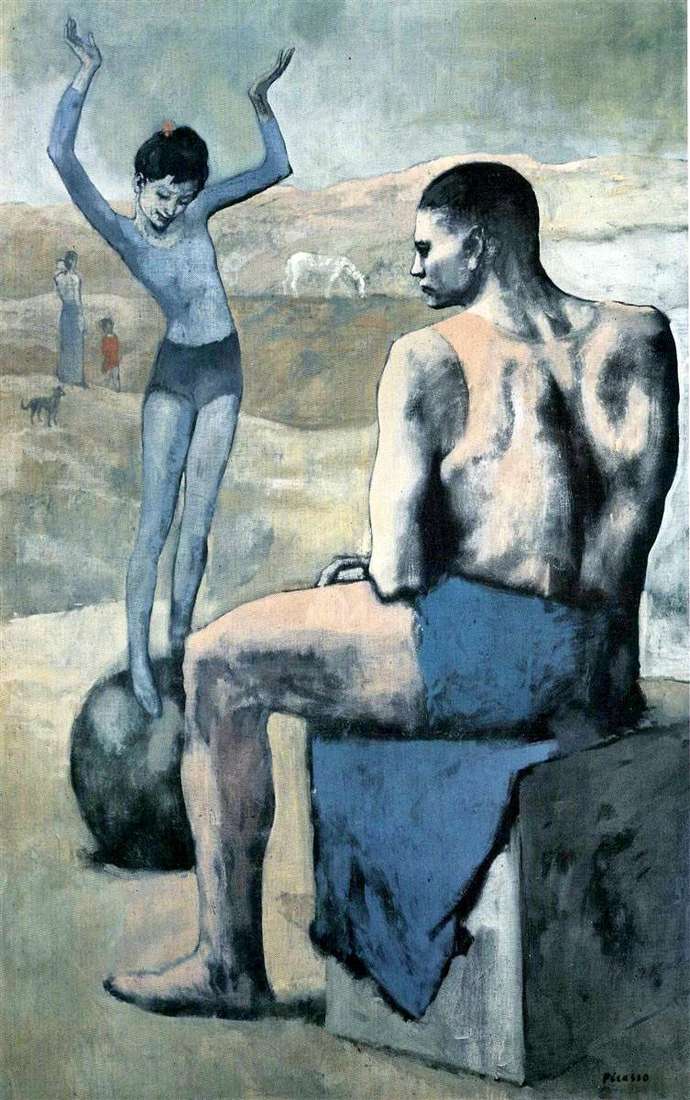
The most recognizable picture of the artist. In place of the aching “blue” period comes the “pink” – cheerful, lively and lyrical. Such a striking metamorphosis in the character of
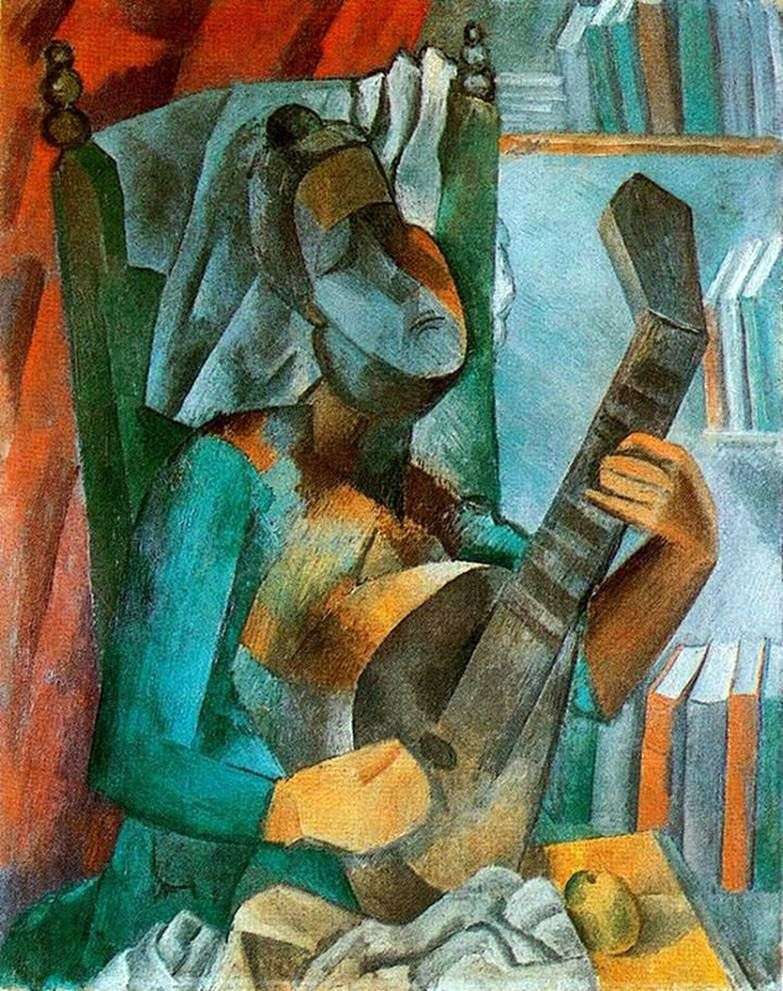
A couple of decades Pablo did not show this work to the public. At that time, such a canvas was too provocative and would have sparked a big scandal. The
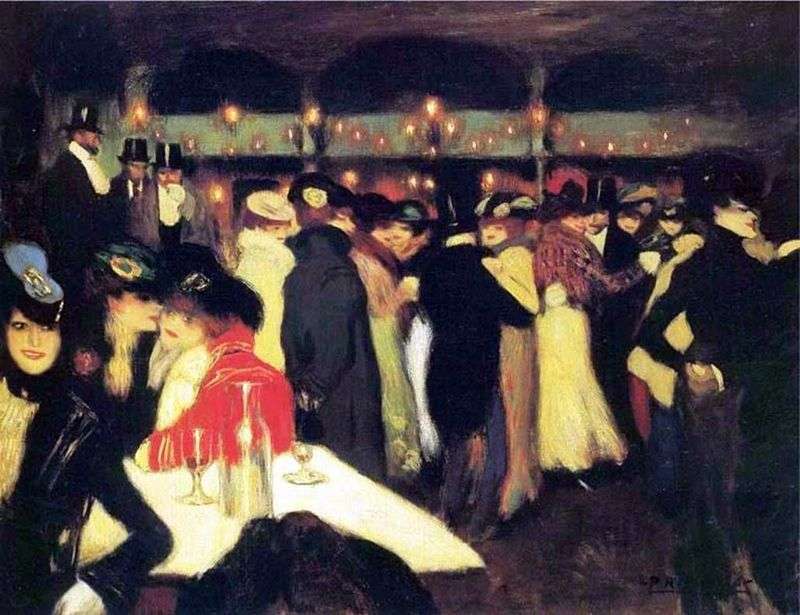
A significant picture for Picasso’s early work about a significant place for the whole bohemian society of Paris is what the Moudon de la Galette impressionistic canvas is. The famous

The canvas was written in 1907 and marked a new stage in the creative life of Picasso – Cubism. The history of the painting says that the story is inspired
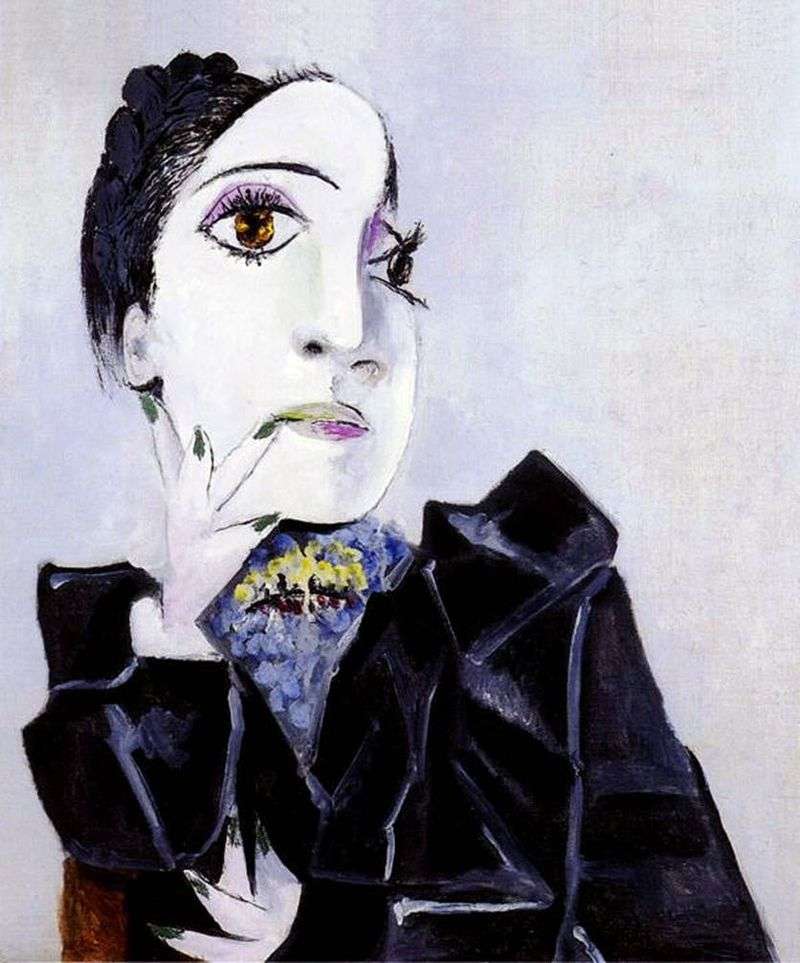
Dora Maar – a talented photographer and artist, her genius in art was underestimated. Some blame it on being the great Picasso, in the shadow of which was this talented
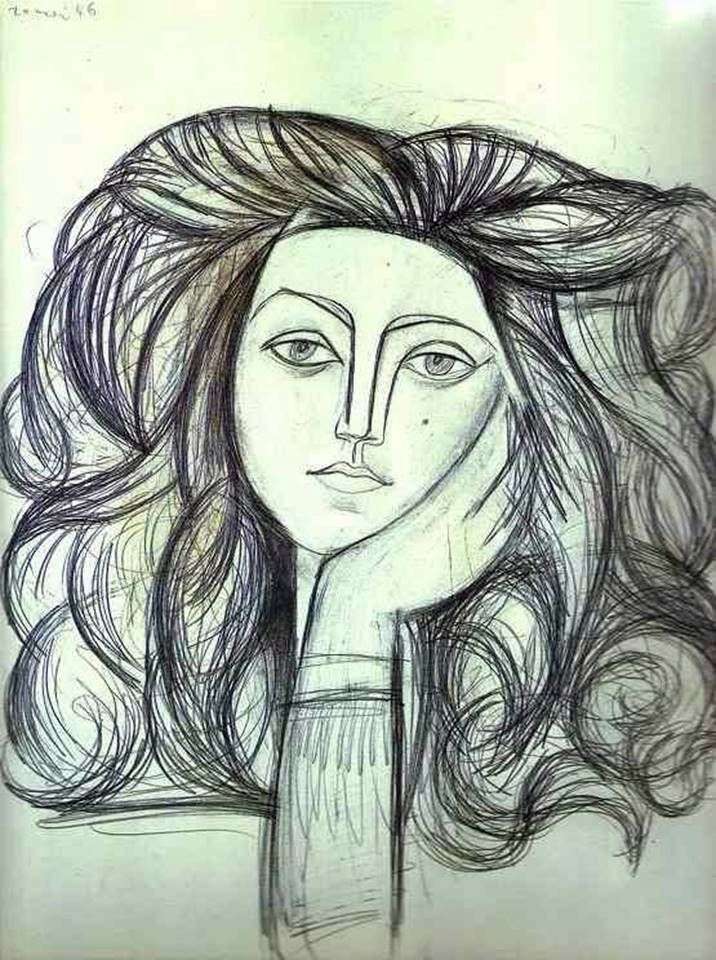
This is one of the most lyrical portraits of Francoise Gilot – women, looking at the photos of which, you understand that there is something unearthly in her that distinguishes
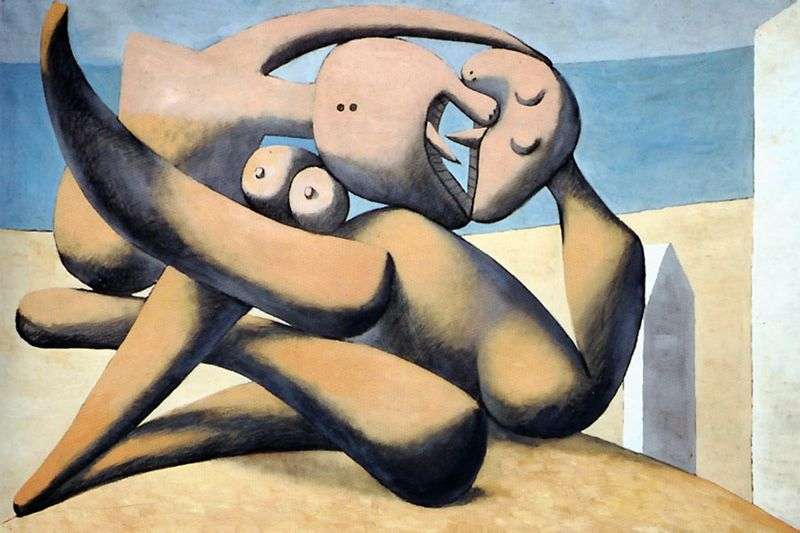
In 1925, Picasso seriously carried away by surrealism. Before that, he was close to the basic tenets of this direction – the liberation of mind from logical structures, the classical